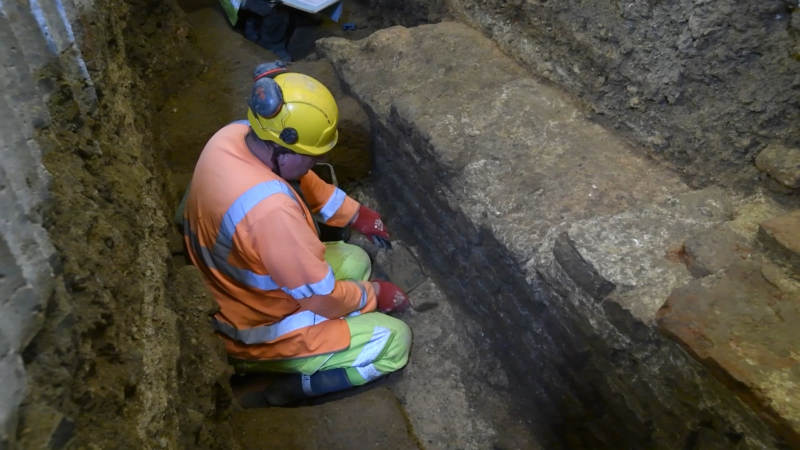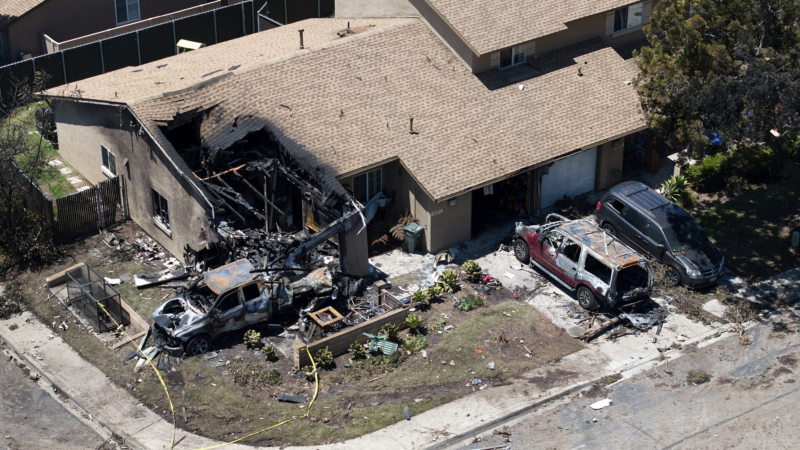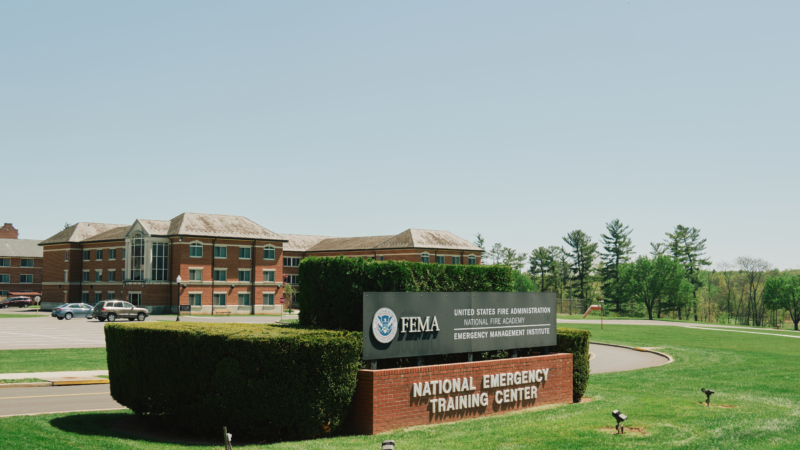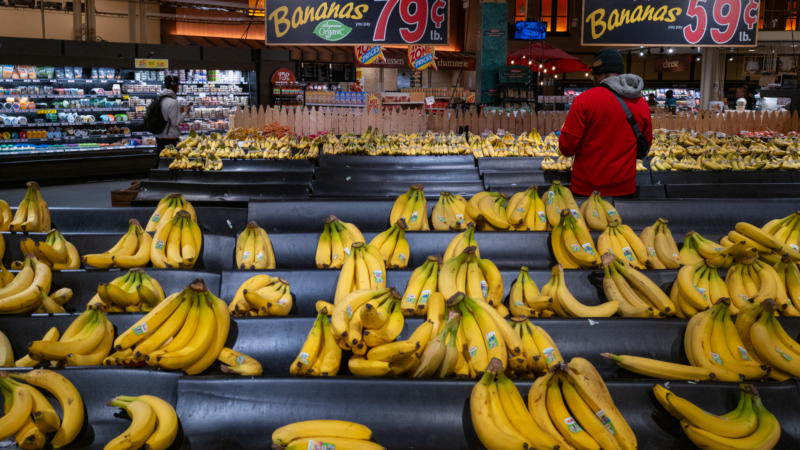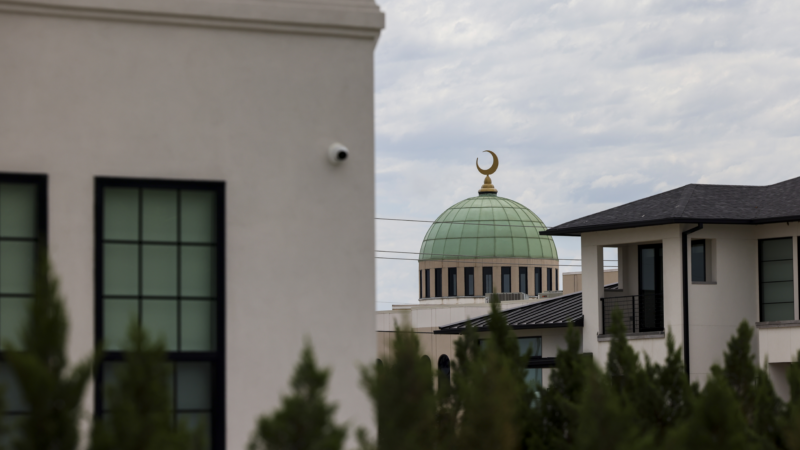An ancient Roman basilica has been discovered below London’s financial district
Archaeologists in London have uncovered a section of Roman masonry that belongs to a nearly 2,000-year-old town hall, in what historians say is one of the most significant discoveries in the British capital since an ancient amphitheater was unearthed in the 1980s.
Developers working to tear down a 90-year-old commercial building in the heart of the city’s financial district — officially known as the City of London, or “Square Mile” — worked with specialists from a team at the Museum of London Archaeology to reveal extensive masonry that once formed part of a basilica beside the forum of the Roman settlement known as Londinium. The settlement thrived for a few hundred years until its decline some 16 centuries ago. (Archaeologists are required to be involved in new British developments when there is concern about heritage, and were particularly aware of this area’s potential historical significance).
In the basement of that commercial building on Gracechurch Street, surrounded by high-rise towers filled with financial and insurance firms, archaeologists began excavating large, exploratory pits two years ago until stone walls several feet thick and dozens of feet long were exposed.
“In one trench, we hit a massive piece of masonry — it was about three or four feet wide,” says Sophie Jackson, director of developer services at the Museum of London Archaeology. “We extended the pit, and it kept on going. So basically, we got a huge piece of Roman wall, which represents part of the structure for the nave of this basilica, the central part of this town hall.”
Jackson says the Roman building known as a basilica was a crucial component of any sizeable Roman settlement of that era, much like an amphitheater, public bath or the fortified walls that ringed them.
“It’s the sort of heart of of any significant Roman town,” according to Jackson. “It’s where the administrative center [is], it’s where the law courts are, it’s where the magistrates sit — it’s where all the big decisions are made. But it’s also a place where merchants would come and do business.”
What Jackson and other archaeologists and historians say is so extraordinary about the find is that the area has remained a commercial center for hundreds of years and been extensively rebuilt many times over since the Middle Ages.
“For something so important to the history of London to survive so much development over so many centuries is really remarkable,” says Jane Sidell, the principal inspector for ancient monuments at Historic England, a public agency that advises the U.K. government on sites of national and historical significance.
Sidell says she is most excited about the promise made by the new building’s developer, Hertshten Properties Limited, to place some of the archaeological items on public display, as Michael Bloomberg did nearby with a Roman temple that was discovered under what became his company’s London headquarters. It is the kind of historically sympathetic construction that she says was long missing during London’s boom years of the 20th century.
“You can read all you like, you can watch Gladiator at the cinema, but when you actually physically come face to face with something that’s been there,” explains Sidell, “that connection with a nearly 2,000-year-old legacy is amazing.”

The basilica was built around 80 C.E., the archaeological team estimates, and was discovered on a site that was known to have formed part of the city’s forum area, ever since discoveries in the 19th century helped experts sketch out a rough plan of the earlier Roman town center.
At the time of the basilica’s construction, Londinium’s future had been recently in doubt as a major settlement, after it was sacked by a revolt against Roman rule several years earlier.
But with a population of perhaps 40,000 residents, according to MOLA’s Jackson, the decision to build such a sizeable basilica, almost 40 feet tall, represented a vote of confidence in the city’s future.
“It was a really high building, and nobody would have seen anything like this before in Britain,” she says. “It was designed to impress and — perhaps — intimidate the local population.”
Transcript:
LEILA FADEL, HOST:
Archaeologists in London have made a startling discovery in the very heart of the city, dating back to its earliest origins as a small town once known as Londinium. Willem Marx has more.
WILLEM MARX: As developers prepared to pull down a 90-year-old building in London’s financial district, they spotted something far older lurking in its basement.
(SOUNDBITE OF SCRAPING)
MARX: Contractors soon made way for archaeologists, who dug large trenches as they searched for remains of Roman London amid the capital city’s centuries-old layers of construction.
SOPHIE JACKSON: In one trench, we hit a massive piece of masonry that’s about 3 or 4 feet wide.
MARX: Sophie Jackson is director of developer services at Museum of London Archaeology.
JACKSON: We extended the pit, and we extended the pit, and it was – kept on going. So basically, we’ve got a huge piece of Roman wall, which represents part of the structure for the nave of this basilica – the central part of this town hall.
MARX: Jackson says such basilicas, like amphitheaters, public baths and fortified walls, were a crucial component of any sizable Roman settlement.
JACKSON: Really, it’s the sort of heart of any significant Roman town. It’s where – the administrative center. It’s where the law courts are. It’s where the magistrates sit. It’s where all the big decisions are made, but it’s also a place where merchants would come and do business.
MARX: The site has remained a commercial center for London almost ever since, and historians say that makes the discovery even more surprising.
JANE SIDELL: For something so important to the history of London to survive so much development over so many centuries is really remarkable.
MARX: Jane Sidell is the principal inspector for ancient monuments at Historic England, an agency that advises the government on matters of national heritage.
SIDELL: You can read all you like. You can watch “Gladiator” at the cinema. But when you actually physically come face-to-face with something that’s been there for 1,800 years, that connection with a nearly 2,000-year-old legacy is amazing.
MARX: The basilica was built in around 80 A.D., at a time when London’s population likely topped around 40,000. And its construction reflected the Romans’ decision to double down on the city as the capital of the new province of Britain, says Sophie Jackson.
JACKSON: It was a really high building, and nobody would have seen anything like this before in Britain. And so it was designed to impress – and perhaps intimidate – the local population.
MARX: The developers of the new high-rise that will soon tower above the ruins aims to put these unusual findings on public display.
(SOUNDBITE OF DIGGING)
MARX: It’s the latest sign that London’s changing skyline is more respectful than ever before of a past that’s buried beneath it – even though it costs the construction firms involved a little more money.
For NPR News, I’m Willem Marx.
Record floodwaters in eastern Australia leave 4 dead and 1 missing
Some 50,000 people have been isolated by the flooding in New South Wales, after days of heavy rain. Four bodies have been retrieved from floodwaters since Wednesday.
Music talent agent among dead after jet crashes into San Diego neighborhood
Six people, including music talent agent Dave Shapiro, were on board a private jet that crashed into a San Diego neighborhood on Thursday.
In reversal, Trump administration restores classes at the National Fire Academy
The academy in Emmitsburg, Md., is often described as the national war college for firefighting. It offers training that ranges from leadership to how to conduct fire, arson and blast investigations.
The best new albums out May 23
Stereolab returns. Ganavya comes in peace. Marc Ribot sings. Robert Moore of 90.9 The Bridge joins Stephen Thompson to share the best albums out this week.
Lawsuit challenges USDA demand for food stamp data as some states prepare to comply
The suit claims that efforts to get sensitive information about food aid recipients from states violates federal privacy laws.
Proposed Muslim development in Texas brings inquiries by DOJ and state officials
The project, known as EPIC City, has yet to break ground, but members of this Muslim community feel stereotyped.

